AUGUSTA, Ga.—It seems like yesterday, but 30 years have passed since the epic triumph by Jack Nicklaus in the 1986 Masters. Much has happened since then, but, save for Tiger Woods winning the U.S. Open by 15 strokes in 2000 at Pebble Beach and possibly the American comeback on the final day of the Ryder Cup Matches in 1999 at Brookline, there is no single golf event that shook the golf world to such a level as the Golden Bear’s record 6th green jacket victory and his 18th and final major—in addition to becoming the oldest Masters winner ever at age 46.
Little was thought of Nicklaus going into the event and even Jack himself wondered what kind of golf gas was left in his tank. However, a pre-Masters assessment from the late Atlanta Journal-Constitution’s long-time golf writer Tom McCollister hit Jack hard saying emphatically the Nicklaus days at Augusta were in the rear view mirror.
Nicklaus had rarely been in contention since winning two majors in 1980—the U.S. Open at Baltusrol, with a record-setting performance, and his equally impressive win later that same season in winning his fifth PGA title at Oak Hill (finishing seven shots ahead) once again seizing possession of the Wanamaker Trophy.
The Rest of the Field
In the ensuring years between 1980 and the ‘86 Masters a new cadre of players had come to the forefront. Players such as Australian Greg Norman and Spain’s Seve Ballesteros were now at the top of the pecking order, and it appeared likely both men would be in command of future major events for the foreseeable future. Each was in the prime of their golfing lives—each possessed a stunning array of golf shot capabilities. The passing of the torch was not in issue. The question would be if the ’86 Masters would hasten that clear development.
Norman had not won a major going into the ‘86 Masters, but he would do something no one had done in golf. The Great White Shark would hold the 54-hole lead at each of the majors that year although he would only claim The Open Championship at Turnberry—his first major crown. For Ballesteros, the ’86 Masters meant building upon a considerable record. The charismatic Spaniard already had won the event twice to go along with two earlier wins at The Open Championship in ‘79 and ’84.

The American contingent of contenders was also good if not at the very top of the new golf order. Long time professional Tom Kite had been a steady performer since joining the tour after a quality time competing for the University of Texas as a collegian. Kite had been a consistent contender on the Augusta leaderboard but still needed to finally break through and claim his first major event.
Eight-time major champion Tom Watson was also a force to deal with and while not at the zenith of his playing skills, was still a golfer who could play at a high level.
The Comeback
Going into the final round, Nicklaus was four shots behind Norman with no less than 11 players between him and the leader. The reality, in most situations, Nicklaus at best would snare a high finish, but thoughts of securing a sixth green jacket seemed utterly remote.
What many have sometimes forgotten is that Masters pressure—especially on a Sunday final round, when the leaders reach the final nine holes—can be a raging inferno that consumes only the most capable of players. Nicklaus himself believed a final round 65 might could make enough noise to shake up those in front of him. How prophetic his comments would later prove.
During the final round, no less than five players had a piece of the top of the leaderboard and Nicklaus through the first eight holes was at even par and still facing a major climb—trailing Ballesteros by six shots with ten holes to play.
That changed at the par-4 9th when the Golden Bear birdied—two more followed at the demanding par-4 10th and 11th holes. Jack suffered a slight setback at the dangerous par-3 12th when a short par putt touched the hole but refused to drop.

Nicklaus himself later admitted the bogey at 12 was a good kick-in-the-pants for him to be more aggressive with his play at the risk and reward par-5 13th. Even with a birdie at the 13th, Nicklaus would later learn Ballesteros had hit a stunning approach at the same hole to six-feet and made eagle. Leaving the 13th green, Ballesteros was two shots ahead of Kite and Nicklaus was still looking at a major deficit to catch up.
The 15th
All of that changed in a big time way with the par-5 15th.
Standing at the crest of the hill, Nicklaus asked his son Jackie who was caddying for him that day, “How far do you think a 3 would go now.” His son believed Jack was asking regarding club selection when Jack was thinking what an eagle would do for his chances. At that point, the Nicklaus of years past came to the forefront with a pivotal high flying 3-iron from 204 yards away that landed softly on the green settling no more than 12-feet for eagle. Sensing a critical time in the event, Jack buried the putt and the roar from the assembled patrons was deafening. Nonetheless, given the play of the Spaniard during the final round, it seemed unlikely a critical error would occur from Steve.
Ballesteros stood at the top of the same hill at #15 with roughly the same length and chose a 4-iron. Instead of being crisply hit, the approach was hit heavy and landed in the fronting pond. What seemed unlikely moments before had changed in a big time way. Nicklaus kept the pedal on the gas, stiffing an approach at the par-3 16th and making birdie, then following at the par-4 17th by dropping an 18-foot birdie to secure the outright lead for the first time. Jack concluded his round with a quality two-putt from the front section of the 18th green to make par and conclude a round with the number he believed would win for him.

Amazingly, Nicklaus played the final six holes in five-under-par. The departure from the final hole is forever poignant—father and son leaving the green arms draped over the others shoulder.
As Ballesteros faded from contention, it was Kite and Norman who joined the fray. Kite reached the 18th with a 12-foot birdie putt to tie Nicklaus. The putt was stroked perfectly, but for whatever reason refused to fall. Norman, who had earlier double-bogied the par-4 10th, rebounded in stellar fashion with birdies at the 14th, 15th, 16th, and on the 17th after missing the fairway and responding with a pinpoint approach and a dropped putt from 12-feet.
Now, the Aussie came to the final hole: A par would tie him with Nicklaus. One final birdie would give Norman the title and become the first Aussie to have ever won the green jacket. After a fine drive, Norman faced an uphill approach of roughly 190 yards. His 4-iron inexplicably missed way right and he was left with a delicate pitch. Norman got his 3rd shot to 12-feet but like Kite, the putt failed to drop.
The Aftermath
The Nicklaus win is even more powerful 30 years later. For those who aren’t at least 40 years old now, it’s likely those individuals did not witness the live telecast on CBS on April 13, 1986. What is often forgotten about Jack’s accomplishment is that he won his first major in 1962 at the U.S. Open at Oakmont—the final one coming 24 years later at Augusta. Such a longevity in being able to win big time events may never be broken. To give a good comparison, Tiger Woods won his first major in 1997 at Augusta at age 21—the youngest champion ever. To break Jack’s 24 years Tiger would need to win a major in the year 2022—that’s still six years away.
The Nicklaus win makes it hard to find parallels. The two that come quickly to mind is when Hall-of-Famer Ted Williams retired from baseball in 1960 and on his final at-bat hit a home run at Fenway Park or the incomparable Secretariat winning the Belmont by 31 lengths and ending the 25-year drought in Triple Crown winners.
The 2016 Masters is underway and ready to make new history this week. But, the seismic shocks from the Nicklaus win in 1986 will forever be etched in the lore of golf. It provided a fitting closing chapter to arguably the game’s most accomplished champion and rightful tag as “Master” of the Masters.
M. James Ward, a member of Golf Writer’s Association of America (GWAA) and past member of Met Golf Writer’s Association (MGWA), has reported on golf’s grandest events since 1980 in a variety of forums.
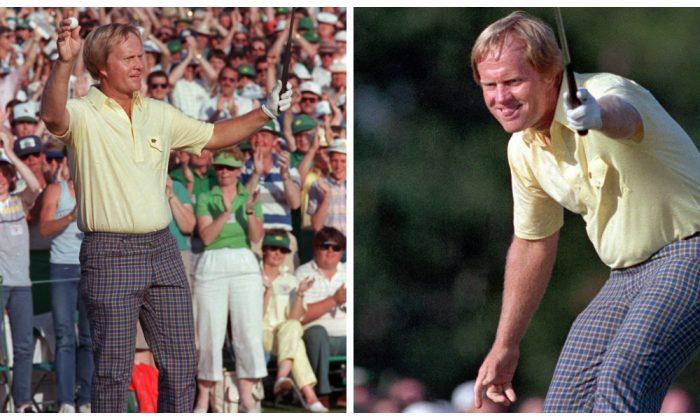
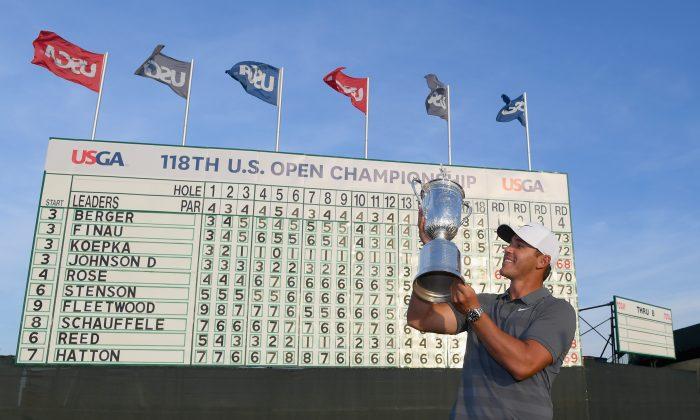
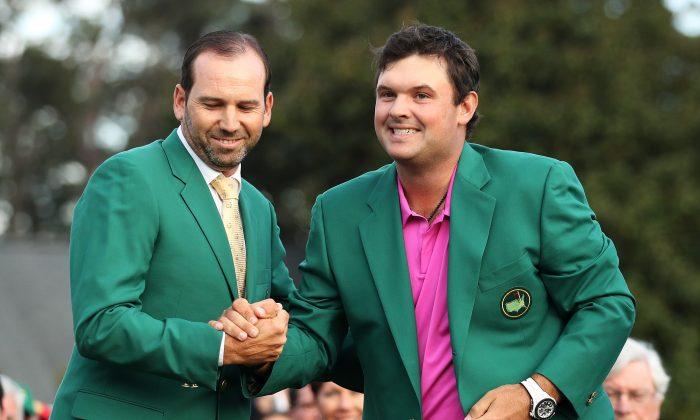
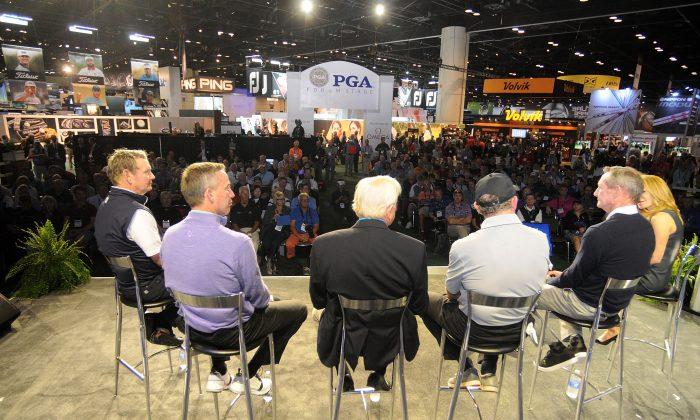
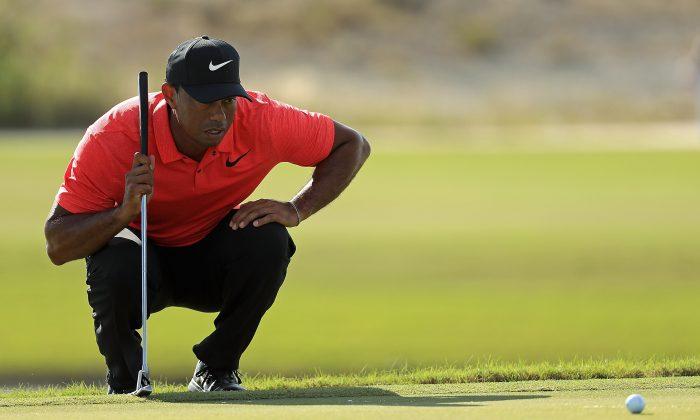
Friends Read Free